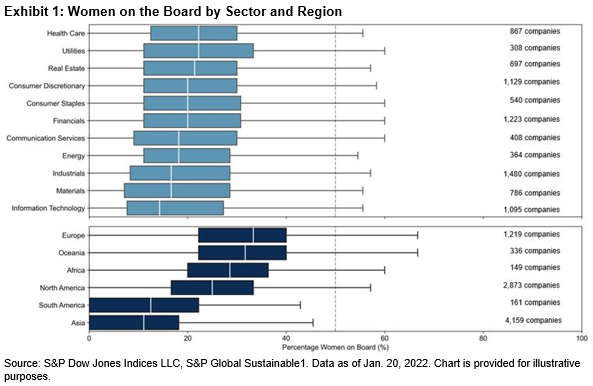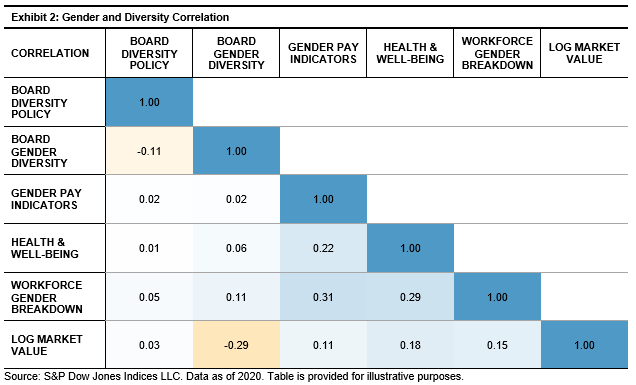When people ask me about cryptocurrencies, or digital assets more broadly, they generally ask about what’s in the news. Sometimes, it’s about a popular meme coin (e.g., Doge); other times, it’s about non-fungible tokens (NFTs) and the digital artworks that are seeing surprising prices; and still other times, it’s about the new corporate structure created in the form of a decentralized autonomous organization (DAO). It’s an exciting time for digital assets. Blockchain technology—with its security, immutability, transparency, and new way to transfer value—has spurred game-changing innovation.
What many people are less focused on, however, is how blockchain technology has also spurred innovation within the financial markets. Blockchain is leading the transformation from traditional markets to digital markets. This includes the creation of new entirely digital exchanges and the digitized assets, or tokens, that trade on them.
What is a token? A token is an asset that exists in digital form on the blockchain. It is issued on the blockchain and is a digital representation of ownership of an asset. This represented asset could be a traditional financial asset (e.g., stock, bond, gold, or real estate) or it could be a digital asset (e.g., cryptocurrency). Taking this a step further, a token can represent multiple assets in a single unit.
Interestingly, tokens are being used to represent a fund. As a tokenized fund, the token can represent all the constituents in an index in one token, similar to the way an exchange-traded fund (ETF) contains all index constituents as a single security.
The new tokenized funds bring several attributes. From a trading perspective, tokens tend to offer instant settlement, reduced counterparty risk, 24/7 trading, fractional shares, immutability, and auditability. From a market perspective, tokens may also offer global accessibility and reach new investors—including new target markets (e.g., crypto-first traders looking for an off-ramp to equity and new populations where traditional exchanges are less efficient or do not exist).
In addition, because tokens are programmable, fund operations can potentially be automated. This programmability uses smart contracts—essentially code embedded within the token itself that self-executes. Compliance features such as Know Your Customer (KYC) and Anti Money Laundering (AML), along with operational features like dividend payouts and proxy voting, can all be automated. These increases in efficiency may lead to a reduced cost structure over time.
Because they are securities, tokenized funds often trade on digital exchanges that are regulated. This has created a growth spurt in digital exchanges.
This can be seen by looking at the number of recently launched digital exchanges and products—there are a lot. For example, the SIX Digital Exchange (SDX), part of the SIX Swiss Exchange, went live in November 2021 with the issue of a tokenized bond.1 In Germany, the Boerse Stuttgart Digital Exchange (BSDEX), launched in June 2021, uses blockchain technology to trade cryptocurrencies and plans to start trading tokenized assets this year.2 In the U.S. in December 2021, a digital exchange launched the first tokenized funds tracking S&P DJI indices. And in January 2022, the U.S. SEC gave approval for the establishment of the Boston Security Token Exchange (BSTX), the first national blockchain-enabled securities exchange.3 Accenture, in a report published in June 2021,4 expects to see all exchanges fully digital by 2025.
At S&P DJI, we are excited to see our indices becoming digitized—in the format of a tokenized fund—as part of the evolution to digital markets. Currently, the digital market infrastructure stands alongside existing exchanges and asset structures. While we may debate the exact timeframe of this transformation, we are still in the early days of tokenization and digitization. We should expect to see the markets continue the move toward digital—with new regulations and additional products and exchanges transforming the financial markets as we know them.
Stay tuned to see how this journey continues!
2 https://blackmanta.capital/first-digital-exchange-in-germany/
4 https://blackmanta.capital/first-digital-exchange-in-germany/
The posts on this blog are opinions, not advice. Please read our Disclaimers.




















































